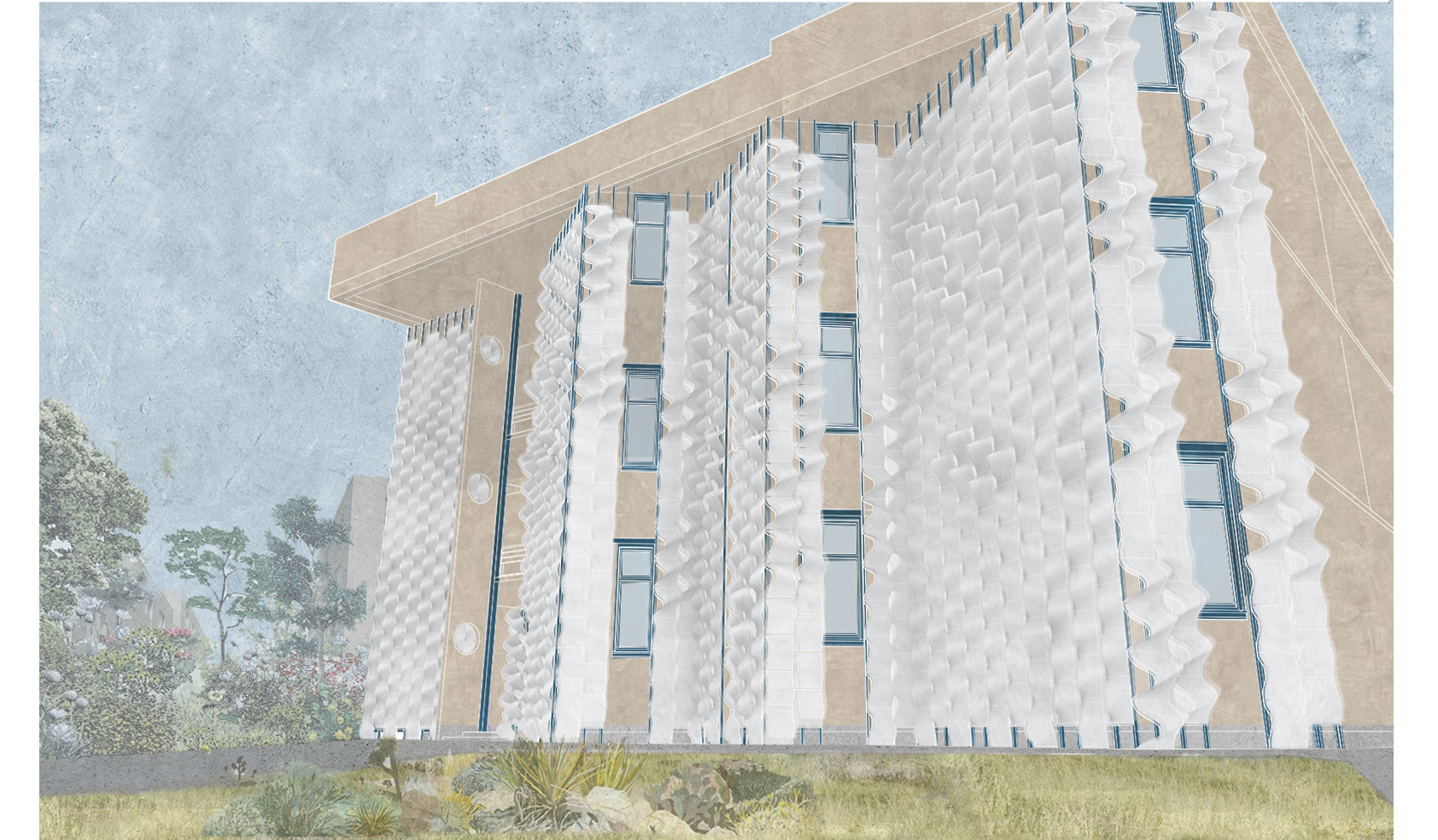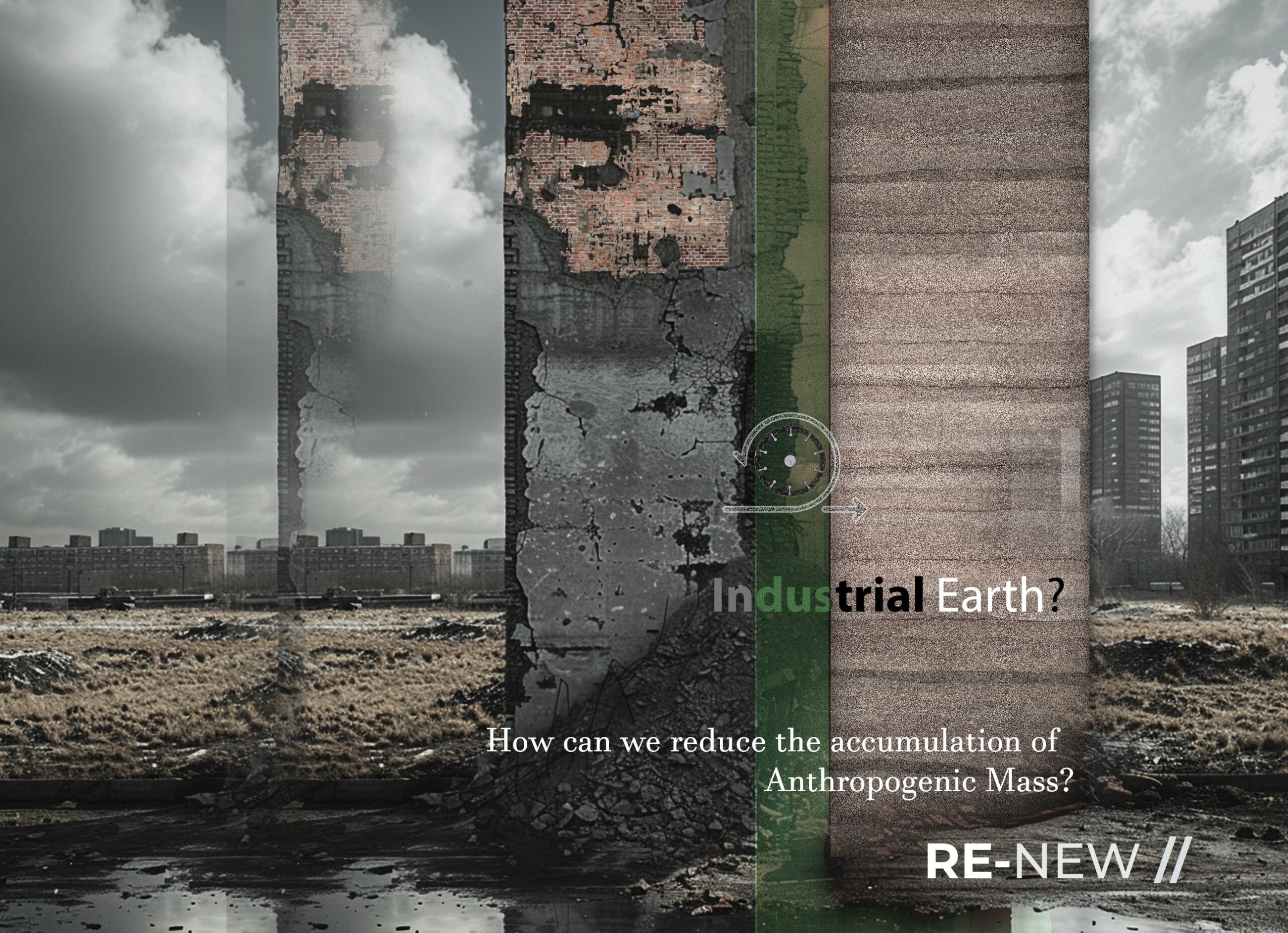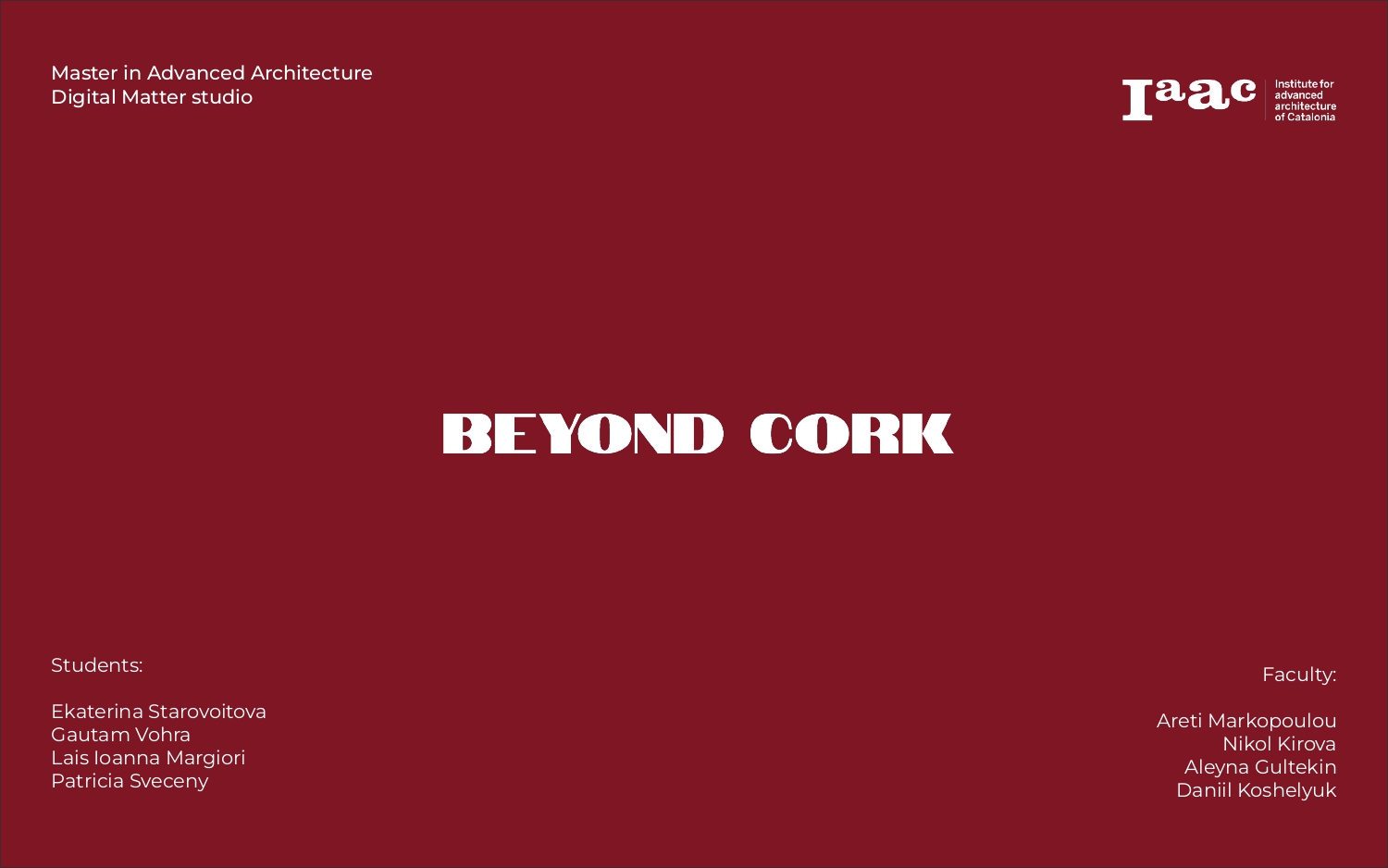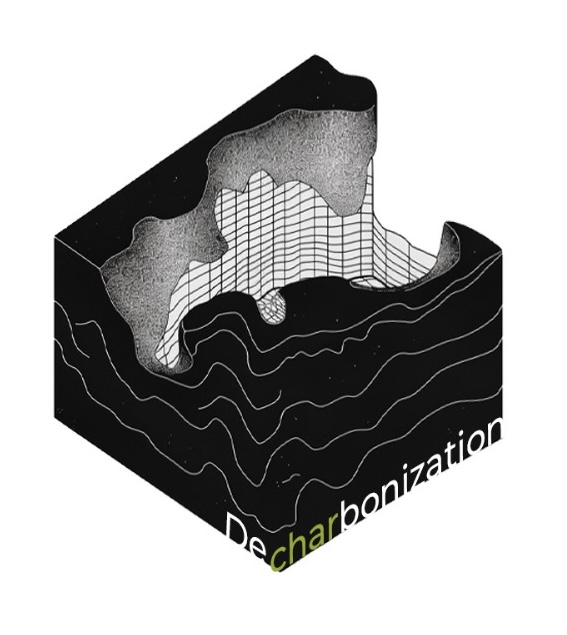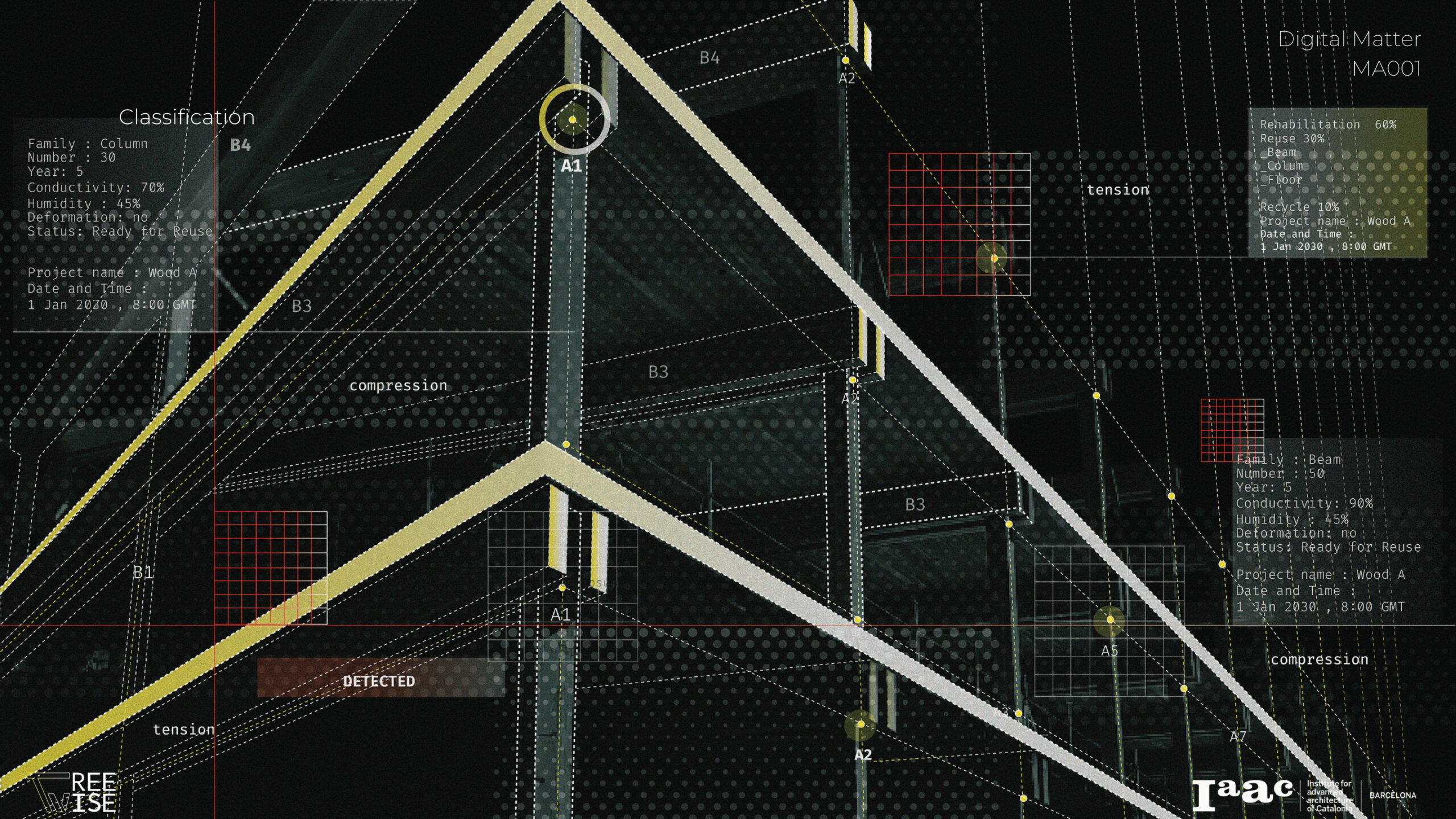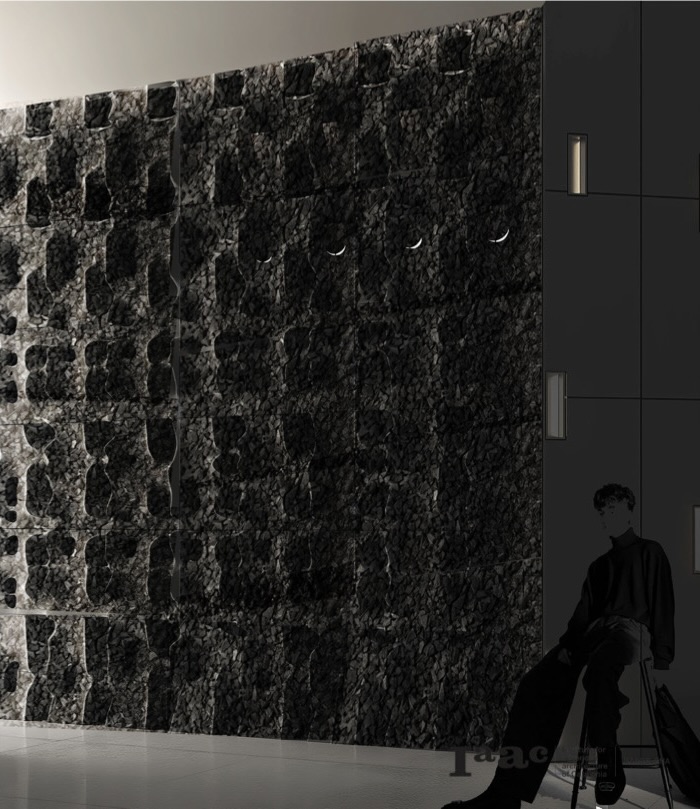
Credits: Remembrane, Digital Matter Studio, MAA01 2014/15
=The advances of material science, coupled with computation and digital technologies, and applied to the architectural discipline have brought to life unprecedented possibilities for the design and making of responsive, collectively created and intelligent environments. Over the last two decades, research and applications of novel, bio, smart, or upcycled materials, together with digital technologies such as Big Data, Ubiquitous Computing, and Artificial Intelligence, have introduced a model of holistic Building Intelligence that presents unique possibilities for designing novel performances and behaviours in architectural space. Rather than creating buildings that are static, consuming and contaminating, Building Intelligence presents novel material, design and manufacturing solutions for dynamic and adaptive buildings. More specifically, this approach allows buildings to respond to climate, decarbonize, generate resources, optimise consumption, minimise negative environmental impact and achieve complexity and high aesthetics through performances that resemble biological and natural organism’s operation.
Current advances in materials, computation, and the natural sciences promote a new paradigm of embedded intelligence in the design of our built environment. While this intelligence is often associated with electronic devices and building information control systems based on IoT, sensors, and heavy motors, what we aim to explore in Digital Matter is how a creative combination of design, responsive materials, and digitization could introduce a new holistic Building Intelligence that surpasses the pure mechanical approach. This involves use of materials for sensing, design for performance, and digital interfaces for activation or assessment, among other capabilities.
The Digital Matter Studio will be focusing on Building Intelligence by exploring three topics of design and action in this framework: Design for Climate Response; Design for Decarbonisation; and Design for Digitising the Physical.
Within the Design for Climate response we aim to explore how buildings can operate as living organisms and how, therefore they can be synchronised with climate and nature. We will develop material systems, designs and tectonics that allow buildings to self-balance their temperature, to filter air, to breathe, to exchange data, or to generate and manage resources such as energy, food, and water, among others.
Within the Design for Decarbonization line of action we will investigate design behaviours and performances allowing the architectural and built space to become regenerative and dynamic. Examples include the use of novel materials in building envelopes that through catalytic or photocatalytic processes can filter CO2 and contamination contributing to the health and quality of life of users in cities. Decarbonisation can be achieved both actively through the utilisation of carbon capturing materials such as Titanium Dioxide, Ion Exchange Resins, Nature-Based Solutions, but also passively through the use of carbon sequestration materials such timber, bamboo or biochar. Working with such materials in the built environment requires novel design constraints and considerations that are driven by computational processes not only as part of the design but also as part of monitoring and simulating material behaviours.
Within the Design for Digitising the Physical the work will revolve around various computational processes ranging from the development of digital twins for buildings and cities to UI and UX for design decisions that merge the physical and the digital realm. Examples include digital twins to monitor material flows, material performance, or assess material passports, but also the use of tools for design optimisation or design-to-production workflows.
Multi-objective optimization is another tool that would allow digitising physical environments and provide informed decisions for the design of complex systems for building’s multi-factor performance. Simulation and prediction here become key to allow designers to assess in real time the impact of a variety of proposals.
In terms of methodology, the research studio will integrate digital, physical, and hybrid workflows, utilizing prototypes as a key tool for developing, testing, assessing, and demonstrating the research projects. The sessions will include desk critiques, working sessions featuring specific assignments throughout the studio day, and brief presentations on the research progress to the entire group, followed by discussions and feedback. Furthermore, these sessions will encompass lectures delivered by faculty and guest experts, along with technical support sessions for technology development, specific tutorials, and workshops designed to not only support the development of the work but also enhance critical thinking and perspectives within the Digital Matter research direction.
In an era marked by unprecedented environmental challenges and the rise of digital technologies, it has become imperative to reevaluate the traditional practices related to the built environment. In collaboration with a series of partner industries and institutions, as well as international guest-experts in intelligent, ecological and materially-driven architecture, Digital Matter sets up a multi-disciplinary team for developing the new designs, tools and building protocols for a holistic Building Intelligence. Digital Matter presents a paradigm-shifting opportunity to revolutionise the way we conceive, design, and build our environments. Students will be equipped with the cutting-edge knowledge and skills needed to lead the charge in crafting a more sustainable, resilient future urbanisation for our planet.
Learning Objectives
At course completion the student will:
- Understand and apply the material-driven design methodology to explore innovative approaches to building intelligence.
- Identify resources and develop material systems suitable for various building applications.
- Delve into analysing material opportunities embedded in the fabrication process, creating a coherent and informed narrative of the material lifespan using advanced computational techniques and digital fabrication.
- Establish workflows for designing intelligent, responsive, and sustainable buildings and systems.
- Develop physical or digital prototypes and demonstrators.
- Design through research, conduct scientific experiments, and pioneer architectural solutions for contemporary societal challenges.
- Become experts in smart and adaptive architecture.
- Work on novel material systems for sustainable building design and construction in a rigorous scientific approach.
- Utilise advanced computation to create environmental simulations, form finding, and design optimization processes for intelligent buildings.
- Learn to scientifically analyse the impact and feasibility of innovative design proposals.
- Collaborate in multidisciplinary teams, developing solutions that include expertise from material science, computer science, ecology, among others.








